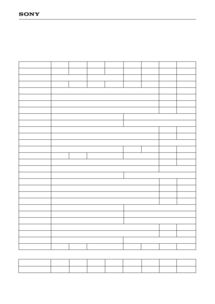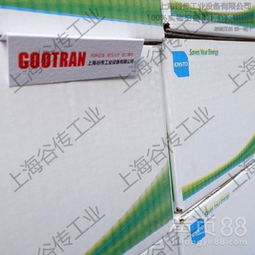Sanding Drywall Joint Compound: A Comprehensive Guide
When it comes to finishing drywall, sanding joint compound is a crucial step. This process not only ensures a smooth and even surface but also enhances the overall appearance of your walls. In this article, we will delve into the details of sanding drywall joint compound, covering various aspects such as the importance of sanding, the right tools, techniques, and tips to achieve the best results.
Why Sanding Drywall Joint Compound is Important

Before we dive into the sanding process, it’s essential to understand why it is important. Sanding joint compound serves several purposes:
-
Smooths out imperfections: Drywall joint compound is used to fill in gaps, holes, and cracks between sheets of drywall. Sanding helps to eliminate any visible imperfections, ensuring a seamless finish.
-
Improves adhesion: Sanding creates a rough surface, which allows for better adhesion of paint or wallpaper. This ensures that your final coat of paint or wallpaper will adhere to the wall more effectively.
-
Enhances the appearance: A well-sanded joint compound creates a smooth, even surface that is visually appealing. This can significantly improve the overall look of your room.
Choosing the Right Tools

Having the right tools is crucial for a successful sanding job. Here are some essential tools you’ll need:
-
Sanding paper: There are various types of sandpaper available, such as sandpaper with a fine grit (e.g., 220-grit) and sandpaper with a coarse grit (e.g., 80-grit). Fine-grit sandpaper is ideal for finishing touches, while coarse-grit sandpaper is better for removing larger imperfections.
-
Sanding block: A sanding block is a flat, rectangular piece of wood or plastic that helps you apply even pressure while sanding. It also allows you to reach tight corners and edges.
-
Sanding pole: A sanding pole is a long, telescopic pole with a sanding block attached to the end. It allows you to sand high areas, such as ceilings, without the need for a ladder.
-
Ladder: A sturdy ladder is essential for reaching high areas, such as ceilings or walls above doorways.
Techniques for Sanding Drywall Joint Compound

Now that you have the right tools, it’s time to learn the techniques for sanding drywall joint compound:
-
Start with a coarse grit sandpaper: Begin by using a coarse-grit sandpaper (e.g., 80-grit) to remove any large imperfections or excess joint compound. This will help you achieve a smoother surface.
-
Work in small sections: Sanding large areas at once can lead to uneven results. Instead, work in small sections, sanding each area until it is smooth.
-
Apply even pressure: Use a sanding block to apply even pressure while sanding. This will help you achieve a consistent finish.
-
Use a sanding pole for high areas: If you need to sand high areas, such as ceilings, use a sanding pole to reach them safely.
-
Switch to a fine grit sandpaper: Once you have removed the larger imperfections, switch to a fine-grit sandpaper (e.g., 220-grit) to achieve a smooth, even finish.
Tips for Achieving the Best Results
Here are some tips to help you achieve the best results when sanding drywall joint compound:
-
Wear protective gear: When sanding, wear safety goggles, a dust mask, and gloves to protect yourself from dust and debris.
-
Keep the sandpaper moist: If you’re using a drywall compound that is prone to dust, keep the sandpaper moist to reduce dust and improve the sanding process.
-
Check for smoothness: After sanding each section, use your hand to feel for any rough spots. If you find any, sand them until they are smooth.
-
Let the compound dry completely: Before sanding, ensure that the joint compound is completely dry. This will prevent you
